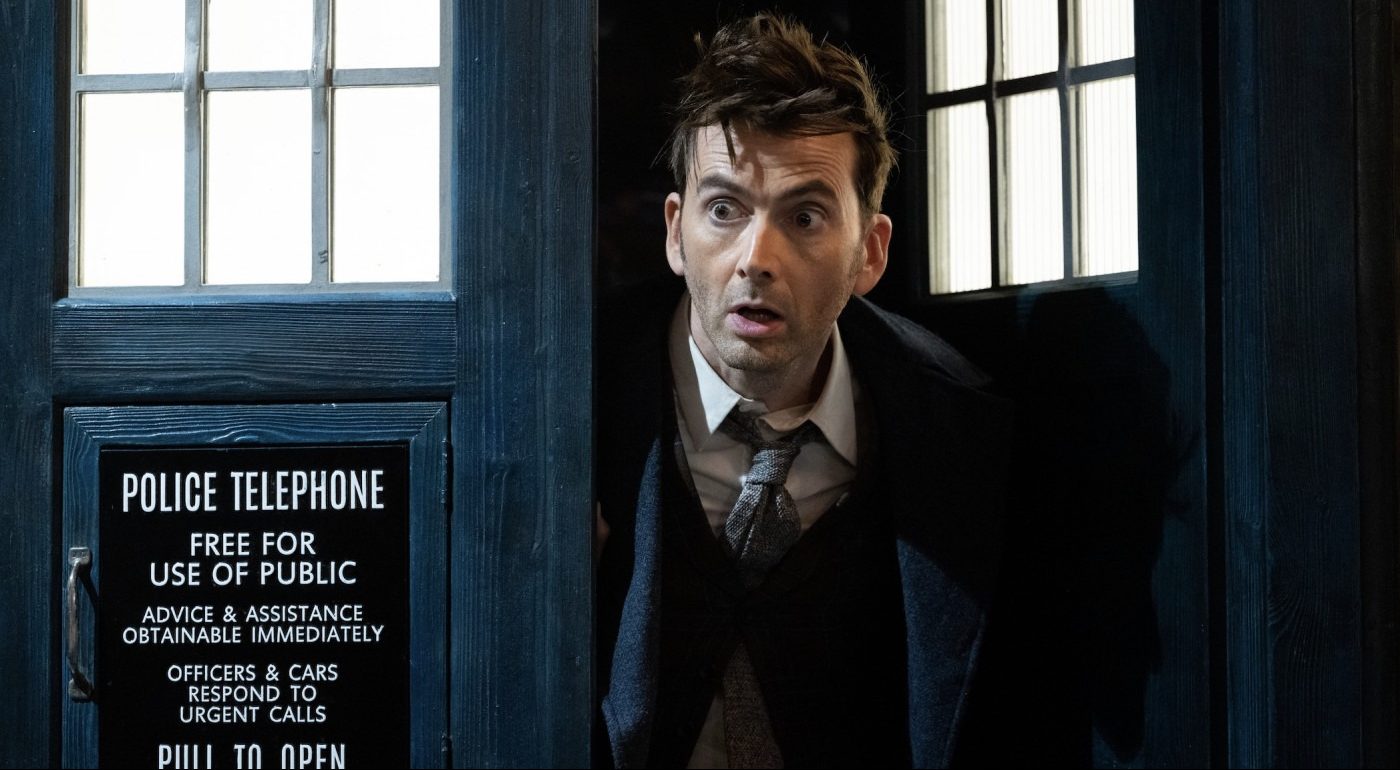What makes a TV Show Re-watchable?
Breath-taking scenes and bursts of emotion – these are just some of vast concepts that bring viewers back to shows. But why? What shows? And how do such ideas bring us back to the action we were captured by years, weeks or days ago?
Nostalgia
Shows generally tend to represent a particular time in our lives, specifically in the space of memory. In that way, they mean much more than just tangible media. They represent a whole period of time that people can relate to. Moreover, in many ways, this nostalgia fuels the curiosity to re-watch a show. Psychologist Neel Burton suggests that “re-watching shows stems from nostalgia as a form of consolation as it makes us feel good to reminisce.” Ultimately, this is an excellent formula for reliving such experiences. On top of this, nostalgia facilitates a motivation to engage with the media. Whereas, if this is not achieved, no matter how good a performance may be, if you have no motivating factor to watch it, it will only creep into your memory sometimes, and probably not enough for you to re-watch it.
Characters
A charismatic character is something audiences may also wish to relive again. Additionally, a gripping plot is vital for fleshed-out, developed and exciting characters. For example, the lead in the TV show Doctor Who is chiefly humorous and with each new incarnation represents a unique personality. These traits that develop over each incarnation’s allotted seasons allow the character to have a shining new identity that can both oppose and mirror that of the former actor. This makes the show re-watchable because you can identify the portrayal that captured you the most. This is further appealing as a concept because having exciting and different characters allows them to stand out in the minds of an audience and enhances great productions and personalities surrounding the lead in a show.
Key Theme
Accompanying these characters should be a key theme for each series which, for me, represents a pretty intelligent move by directors. In Doctor Who, each series is carefully constructed around one overarching topic. The focal point is alluded to in every episodic narrative but is hidden under layers of humour or throwing the characters into direct action. This allows for some build-up in the structure of the show. Moreover, it allows for a different viewing experience the second time around, knowing the vivid meaning behind such subtle clues. In addition, it gives us a certain familiarity with each series as we delve into its storyline once again. The build-up adds tension to this big payoff that is usually situated right at the last episode of a season.
Creativity and Use of Creative Conventions
Also, while having a key theme is essential, stretching the bounds of unique, even peculiar, uses of conventions when done well works wonders for re-watch value. For example, in the British comedy-drama TV series Fleabag, the protagonist consistently talks to the actual camera. This is done throughout their dialogue with characters navigating their social sphere and relations with their family and friends. Ultimately, the show feels grounded in a world we share, and this is something viewers would be inclined to relive again because the material feels genuine.
Realism and Originality
Honest, realistic depictions of characters and events are also highly important to rewatch value, and The Inbetweeners is a show that fits the bill in that regard. You feel drawn back to a specific episode or entire series, seeing the development of characters in a familiar, realistic setting. In this case, the show stays grounded in reality. They are portrayed as outcasts attempting to overcome this label socially. Furthermore, they stand to represent the antics of adolescents in a way that has not been replicated quite as well on television without looking overproduced, cheesy and untrue. They, of course, aren’t accompanied by lens flares and the still and calm of a film set. And why should they? People will come back to watch such a show for its integrity if it stands out and doesn’t seep into a wall of familiarity and cliché.
Ultimately, we as an audience must feel connected to shows we would re-watch through our real-world experience with them, where we watched it for the time in our lives, and how we felt at the time. These things give us the first spark of nostalgia to press play. Then, all those significant aspects of TV production that you may be reminded of in a film and media studies class stokes this fire of nostalgia. But the critical body of the show must be a production that stands out from others we have seen before. One that remains forever a striking force even in the contemporary.

Comments